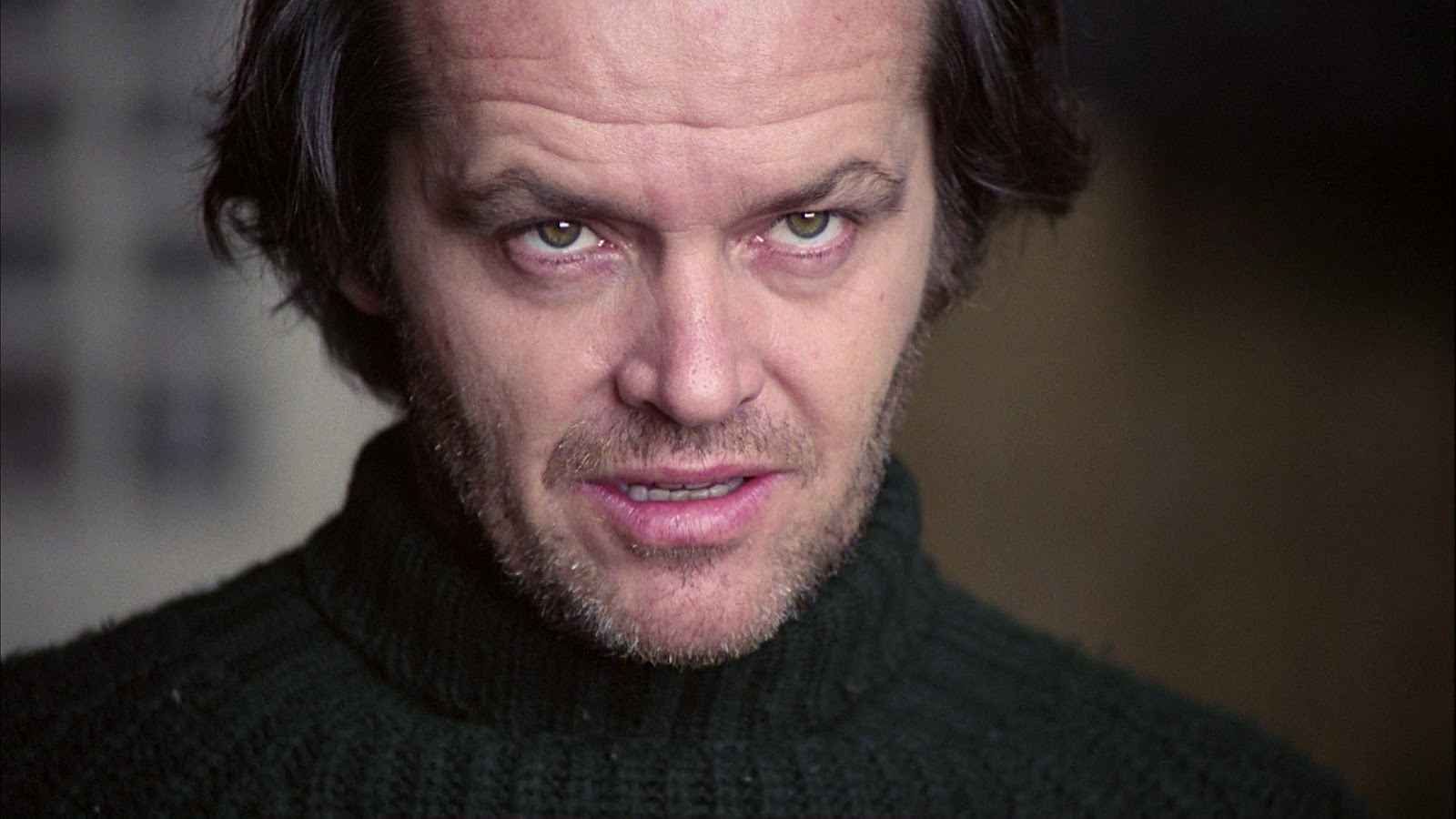
Some fan-theories, no matter how bizarre, are so well thought out that they add extra layers to a film, improving the viewing experience tenfold. Other theories, however, are so baffling that they may have been conceived by a deranged madman.
I have avoided some of the more baffling theories out there and have instead chosen fan-theories that, whilst bizarre, have incredible plausibility, gained online traction and highlight existing themes within a film.
Spoilers for the following films are obviously included: Punch Drunk Love, Taxi Driver, Once Upon a Time in America, Spirited Away, Pan’s Labyrinth, The Thing, The Dark Knight, Se7en, The Shining, and Enemy. I’ve tried to include a mixture of well-known films and lesser known films.
1. Punch Drunk Love
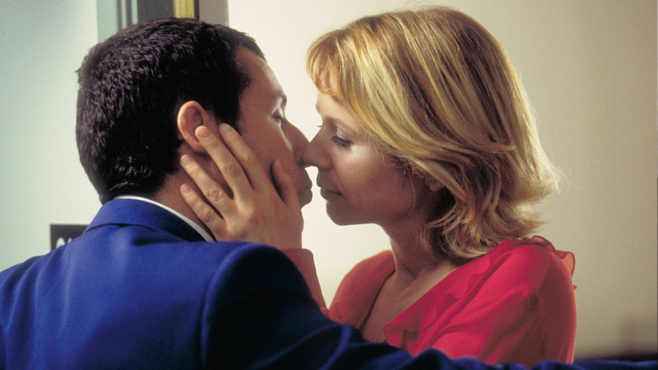
The theory: Punch Drunk Love is the story of Superman and Lena Leonard is an alien who came to Earth to find Barry Egan so to bring him back to their home planet.
Barry Egan is a complicated man. He’s someone who doesn’t quite fit in with his fellow humans. He’s socially inept, struggles with anxiety and prone to sudden bursts of violent rage. On the outside, he appears weak and bumbling, but within is a man who’s capable of facing-off against a group of hardened thugs and win. He also demonstrates the power to break an ‘unbreakable’ plunger, smash a concrete wall and tear up a bathroom as if it was made of paper without so much as a mark on him. Also, Barry constantly wears blue and red.
Now, who else disguises his super-human abilities within the persona of man who doesn’t quite fit whilst wearing the colours of blue and red?
Superman, of course. An alien from a distant planet who looks human but can never be.
Whilst Barry may not necessarily be Kyptonian, he does share the same story as Superman. He’s a man who isn’t like us but wants to be, and disguises his super-human strength behind the front of someone struggling with anxiety.
This is where Lena Leonard comes into play. In the story of Superman, it’s Lois Lane who makes Superman feel human, and some variations of the theory suggests that Lena Leonard is supposed to represent Lois Lane (notice how both share the same initials). However, the final scene of the film, in which Lena puts her arms around Barry and says “here we go” before a beam of light absorbs the two of them, has some fans suspecting she is an alien herself, taking Barry back to their home planet.
Whilst on first inspection the theory may seem odd, it does make you consider the roles of these characters within the story. Whilst they may not actually be aliens, Lena feels like one to Barry. She isn’t like the rest of us; she understands him (almost as if she’s of his species?)
Watching the film with this theory in mind adds something charmingly bizarre to an already bizarrely charming film, and thinking of Barry as Clark Kent helps us understand him as a person just a tad better, whilst thinking of Lena as alien makes us consider what her role is in Barry’s life (so maybe it’s not to take him to another planet, but she does take him to a sort of world he’s unfamiliar with.)
Also, if these uncanny similarities to Superman were intended then this theory is further proof of Paul Thomas Anderson’s ability to masterfully interweave story-relevant Easter eggs into his films.
Additional proof for this theory includes the film’s other-worldly soundtrack and the images of space which are hidden within the dreamy array of colours which transition many of the film’s scenes. If that’s not enough evidence for you, Chapter 12 of the DVD is called ‘Alien Abduction’. Unusual indeed.
2. Taxi Driver
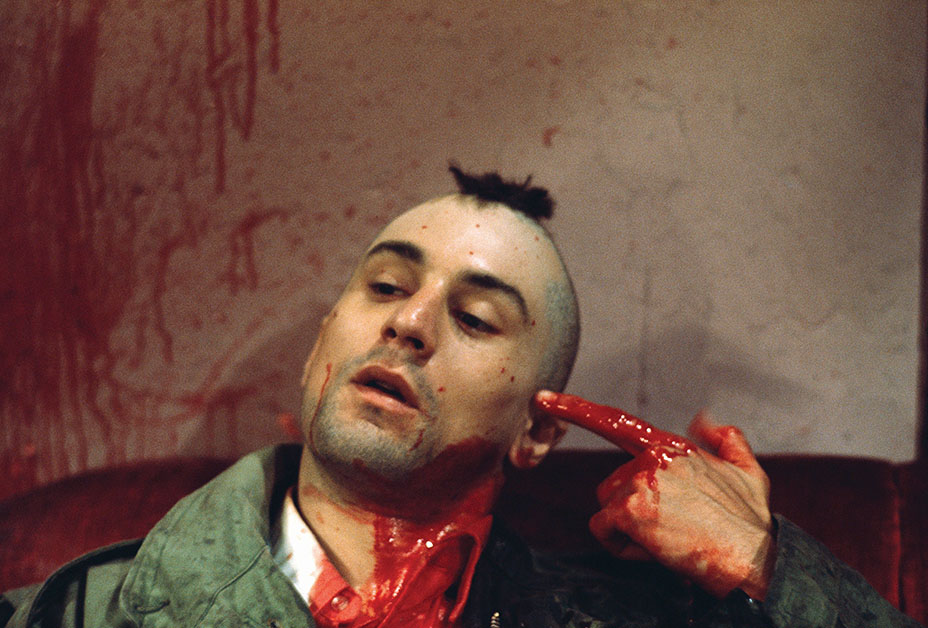
The theory: Travis Bickle died during the shootout at Sport’s brothel, and what follows after his death is merely the utopian outcome Travis was hoping for.
There’s a slim chance anyone could survive what Travis survived during his shootout at Sport’s brothel. The moment Travis pretends to shoot himself with his finger had fans suspecting this was a symbolic for his death.
When the camera floats away from his motionless body, out of the brothel and into the sky, this could be us witnessing the spirit of Travis ascending to heaven (not that a man like Travis would go to heaven.) Also, what follows after this scene is almost an unrealistically ideal turnout for Travis, so unrealistic it spawned this theory.
However, whilst the theory is plausible, if the scenes after the brothel shootout are indeed figments of Bickle’s dying mind then they are pretty much utterly without meaning because they do nothing to serve the film’s story. All we’d be seeing is the outcome Travis wanted, but we already knew the outcome he wanted so why is it necessary to see it? It doesn’t tell us anything new about his character.
Also, what follows after the shootout is too important to be dismissed as imaginary. Those final scenes show that there’s a thin line between good and evil in the eyes of public. If Travis had murdered the Senator the same day, he would’ve gone down in history as a monster, but because he chose instead to unleash his violent nature on a den of primps; he’s hailed as a hero.
Those final scenes suggest no matter what happens, Travis is doomed to kill again; it’s who he is, and the cycle of violence will continue on and on until one day he kills the wrong person. It’s an important message which can’t be dismissed as imaginary to hold any significance.
3. Once Upon a Time in America
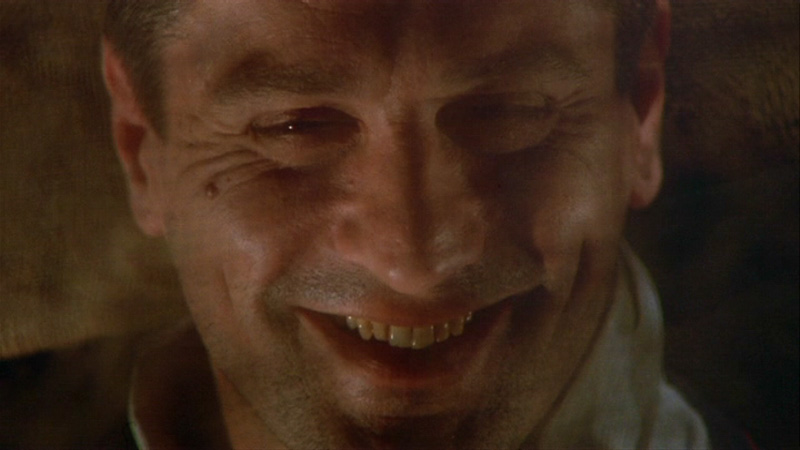
The theory: Max was killed in his shootout against police and the world in which he faked his death is just an opium dream Noodles has.
This theory is very similar to the Taxi Driver theory in the sense that the last act of the film is imagined in some way. I put these theories together to compare the differences between the two, because whilst the Taxi Driver theory negatively impacts the story, this theory does the reverse.
The film isn’t linear, so here’s a brief explanation of the important events that led up to the final act: Young Noodles, traumatised by the death of his friend ‘little Dominic’, and having spent 12 years in prison, is sick of violence. After being released from prison, he finds that Max and his other childhood friends have continued their criminal activities and want Noodles’ involvement.
Noodles, worrying for his friends safety and wanting the cycle of violence to end, calls the police before Max can enact his plan to rob the New York Federal Reserve. Max, furious with Noodles, knocks him unconscious, but when he recovers he finds that Max and the rest of his childhood friends have been killed in a shootout against the police. Mournful from the loss of his friend, he enters an opium den to gain a moment’s relief from his grief.
The theory sees everything beyond this point as an opium dream Noodles has in which he imagines that Max survived the shootout and continued to live a violent and tortured life. Once the dream ends, Noodles smiles, knowing that he made the right decision by calling the police since he cut short the cycle of violence they have known since childhood.
Not only does the theory explain why the film emphasises the opium den as important by using it to open and close the film, but it also gives us a deeper look into the psyche of Noodles. It paints him more clearly as someone traumatised by violence, recognising the immorality of it.
Whilst the Taxi Driver theory, if true, would provide further insight into the titular character’s psyche, the insight is unneeded since it tells us nothing new about the character. This theory, however, highlights a layer to Noodles that the film hints at throughout. Also, unlike half the theories on this list, it feels as though Sergio Leone intended for this theory to come into fruition from the clues he left buried within the film.
4. Spirited Away
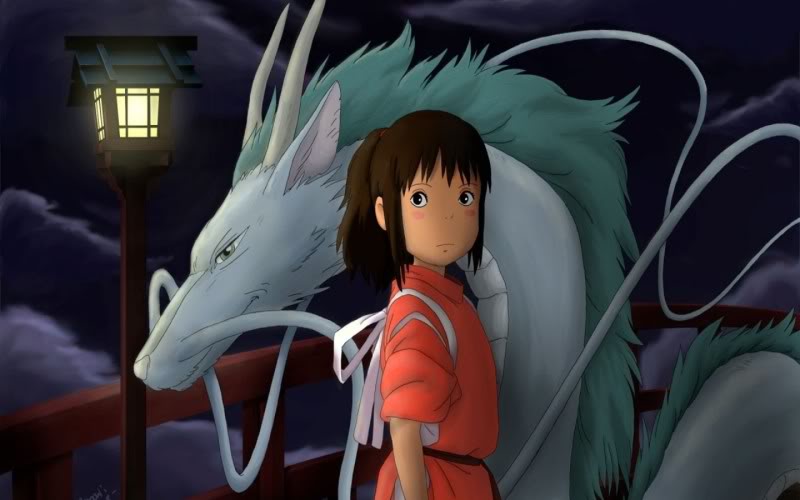
The theory: The Bathhouse Chihiro works for is actually a brothel, with the true story of the film concerning Japan’s sex industry.
This well-known theory may seem bizarre on first inspection but there’s ample evidence to support it. Hayao Miyazaki himself has, in a way, supported this theory by noting that he wanted the film to draw attention to Japan’s supposed gross sexualisation of youth and defined one of the characters (No Face, one of the bathhouse clients who has an obsession with Chihiro) as the embodiments of man’s darker libidos.
The fact that bathhouses were commonly used as brothels during Japan’s Edo period is considered evidence for the theory by fans. Also, the fact that most of the bathhouse employees are women who serve male clients and how Chihiro is forced to cast aside her identity so to work against her will like many sex workers do.
Whilst the theory does have plenty of evidence to support it, how does it make us approach the story any differently? If you think about it, the story remains exactly the same if it was explicitly clear that Chihiro was a child sex worker instead of a washer woman. This highlights how sinister Chihiro’s story actually is and because of this, it makes us consider the things Miyazaki wants us to consider; how a world constructed by adults damages the innocence of children.
Many fans take the theory too far, comparing every aspect of the film to prostitution. For instance, some fans suspect that the scene in which Chihiro washes heaps of muck away from a river spirit represents something grossly perverse instead of what it’s meant to represent; the negative effects of man-made pollution. The film has many different messages hidden deep within, so relating every aspect of the film to prostitution damages our overall experience of the film.
5. Pan’s Labyrinth
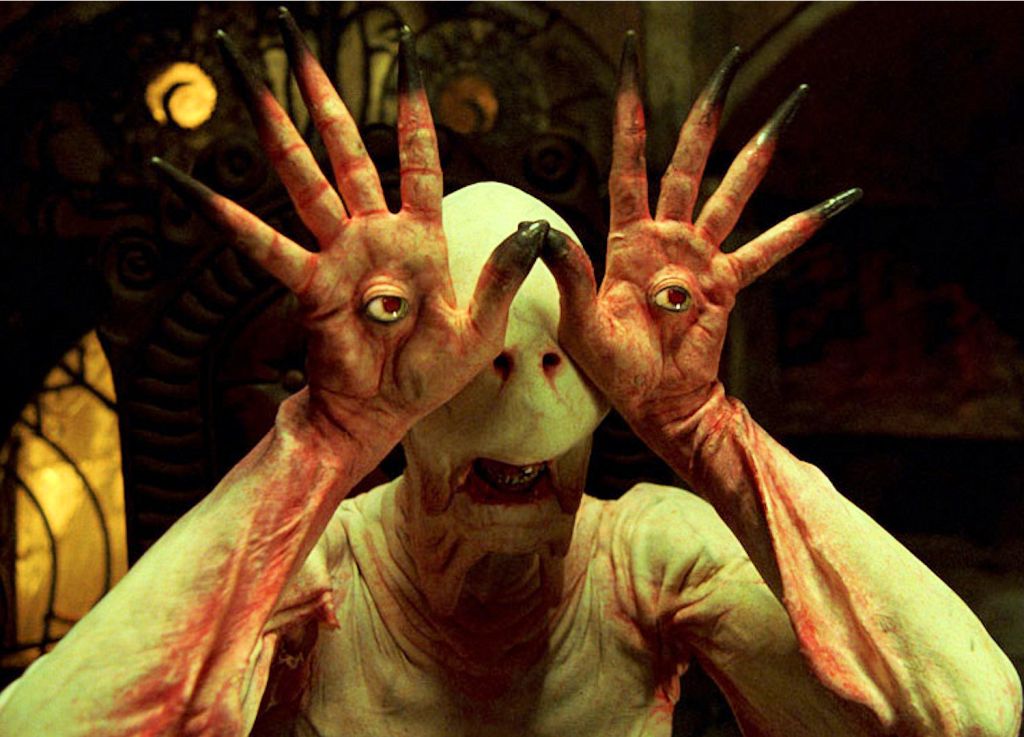
The theory: All of the fantastical moments within the film take place in Ofelia’s mind.
Pan’s Labyrinth and Spirited Away both concern the loss of innocence in a cruel adult world and both use fantasy to tell this story, only Pan’s Labyrinth does so in a more obviously brutal way.
Because Ofelia is the only character to interact with the fantasy world, fans theorised that she may have created it within her mind so to escape the horror of the reality she lived in. At the end of the film, when the fairy-tale concludes with her returning to the underworld as a Princess, we pull away from her eye as if to imply that what we saw was happening from within her head.
Also, several aspects of the fantasy world could be seen as representations of things that are happening to her in the real world. For instance, the terrifying Pale Man may represent Captain Vidal, Ofelia’s abusive father-in-law, who both have scenes in which they sit at the head of long tables covered in expensive food.
This theory does a similar thing as the Spirited Away theory in the sense that it highlights the dark nature of Ofelia’s story, which in turn makes us consider the grim war-torn reality she lives in. Juxtaposing the horrific adult story alongside the fairy-tale Ofelia has constructed shows us the grim effects the acts of adults have on the mind of a child. Watching the film with this theory in mind makes the story all the more tragic and poignant.